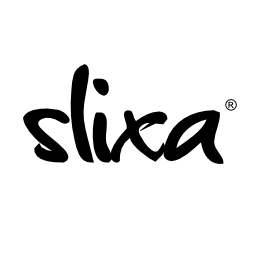If you’re been keeping up with my regular articles, you’ll notice that I’ve been all atwitter over autumn. From the plethora of squash varietals (kabocha, delicata, pumpkin, spaghetti, butternut) to the brightly-colored knotted-yarn scarves to the calf-high oxford two-tone boots that seem to be all the rage this year, I am positively gaga over Fall. And though California in the colder months is nothing to write home about in comparison to its East Coast siblings, the streets of Oakland are still markedly different during this time of year. Halloween is always an opportunity to look fabulous, the holidays are approaching, and if you’re lucky enough to have a steady 9-5 job in San Francisco’s booming tech industry, there is a good chance you’re going home with a Christmas bonus.
However, cold weather and fantastic clothing aren’t the only perks of the season. This time of year is known for being the most romantic. Sure, Spring has topped the charts year after year for being a time of sexual frenzy and fertility, but everyone knows that colder weather truly brings people together—if only out of the necessity to keep warm. Maybe it’s the time off that allows couples to spend more time together, or perhaps it’s the pressure of meeting the family, or maybe it really is the overwrought concept that good cheer creates a sense of general joviality that is not to be rivaled during the other eight months. Whatever it is, companionship is in the air, and people are definitely drinking the love-nog.
But what happens if you’re single, and not happy about it? I subscribe to the belief that everyone gets to determine their own relationship status depending on where they’re at emotionally, however let’s muse for a second on the possibility that you are single and ready to get yourself attached. In this bizarre, post-employment, social media-crazed, agoraphobic world, how does anyone find a date to get down with, casually consort with, or bring home to the folks? Let’s be real: my generation is one that is overworked, overqualified, underpaid, and understaffed. We’d rather text than talk on the phone, the majority of our social life is dependent on a good internet connection, and it has become increasingly easy to pass entire days without interacting, in person, with another human (case in point: I pitched this article to my cat before I ran it by my editor).
There are many advantages that straight folks have over queers, but dating and hooking up resourcefully? Not one of them. Faced with the recent National Coming Out Day on October 11th, I was reminded that I met my very first girlfriend at the age of seventeen through a friend of a friend on Friendster. I met my second girlfriend through The Spark , which is now OkCupid and had my first casual sex experience after making negotiations through Nerve. Growing up in the rural agriculture belt of California, I didn’t have the advantage of taking my dating life offline: I turned to the internet out of necessity, desperation, and serious teenage hormones. And for the most part, my online adventures served me well (not counting my first girlfriend, who locked me in the trunk of a car for seven hours while she went to a rave), and I spent the majority of my early and mid-twenties more or less partnered.
However, when my last partner and I broke up last December, I was again faced with the daunting task of trying to get laid in a city where I had no romantic experience with the queer community whatsoever. Comparing online dating at seventeen versus online dating at twenty-seven was an absolute marvel; not only had technology blossomed from the small bud it was in 2004, but now special-interest websites dominate the web. Of course, there were the personal changes: this being 2013, I had the advantage of having been out for a number of years, not living with my parents, not residing in a largely conservative almond-orchard town—the list is endless. But one thing remained the same: internet dating was still largely terrifying.
At least it beat the alternative prospect of meeting people the old fashioned way: at a bar. It was helpful for me to think of online dating as virtually walking into different rooms full of people I wanted to connect with, who all had signs in front of their bodies saying exactly what they were about and what they wanted. How fantastic! If online dating were as simple as that basic concept, then ideally, relationships would be primarily smooth-sailing. Imagine a world in which you could meet amazing people who were absolutely transparent about everything they wanted and needed—could you do it?
This foray back into the world of cyber connection got me thinking. With so many prospective sites for internet dating out there, how do you choose the best one for you? Like most life paths, it definitely depends on what you’re looking for. I immediately attempted the familiar, and tried logging back into my old Friendster account, only to find that it had been transformed into a gaming site in my ten-year absence. Not thrilled about reviving my old Myspace account just for the sake of placing a personal, I quickly ruled out that social media dinosaur. Facebook and Google+ don’t seem to have the same sexual overtones as their social media predecessors. Below are a few of the websites I’ve culled to put your minds at plentiful ease.
- Nerve - The self-proclaimed “cultural center of the internet for sex, love, and culture.” Not only a dating site, Nerve boasts fantastic articles on intimacy, kink, dating advice, and community forums which allow users to feel as though they are not only connecting to specific individuals, but also to a community of other dating-hopefuls. The website also contains late-breaking news, creative essays that are usually non-fiction, and a Post Secretstyle section called Confessions where users can submit short, multiple-line confessions about their love lives.
- Grindr - Grindr is a geosocial networking site primarily for gay, bisexual, and bicurious men. A safer alternative to Craigslist hookups, this website sophisticatedly uses mapping to show users available men nearby. Grindr has been called “the digital solution to faulty gaydar” by Queerty.
- Blendr - Blendr was started in 2011 to provide the same online-dating features of Grindr, but for people of all sexual orientations. Both Blendr and Grindr are two social discovery websites that have been the subject of much debate, with journalists and bloggers wondering if the geosocial nature of the apps is providing too much access to users’ personal lives. As we move into a culture that relies more and more on electronic mapping, it is up in the air whether or not location services in Android and iPhones could pose possible dangers to members of dating websites.
- FetLife - FetLife is a website for bondage, BDSM, and kink/fetish communities to come together and connect romantically, sexually, or to negotiate polyamorous relationships. FetLife describes itself as “Similar to Facebook (www.facebook.com) or Myspace, but run by kinksters like me.”
- OkCupid - Formally The Spark, OkCupid has been my dating site of choice for 2013, and is a website that promotes connections between straight and queer couples alike, as well as being a platform for meeting friends. Utilizing a series of tests that determine compatibility, OkC covers almost all bases, hosting people from kinky and non-kinky communities, people looking for sex as well as those looking for love, and also has a high success rate in matching friends.
- Match - By far the wealthiest website, Match costs money, and is typically geared towards those looking for long-term commitments, marriage-track relationships, or other life partnerships.
- Pink Sofa - Despite the unfortunate name, Pink Sofa is a highly-rated website for lesbian online dating, with many of the testimonials boasting high success in finding partnerships. Again, this website seems specifically geared towards queer couples looking for long-term commitments.
These are but a few of the websites you can expect to find when traversing the tumultuous territory of online dating. There are many others, such as eHarmony, J-Date (for Jewish couples), Farmers Only, Tinder -- the list goes on and on. What separates online dating in 2013 from online dating in 2004 is the large array of tech features that accompany each site or application. Most sites utilize geosocial networking, a feature that enables user-submitted location data to help dating-hopefuls find local matches who share their same interests. This ensures that users will only be presented with information that fits the criteria they set for themselves. This feature is revolutionary!
When talking with my friends who date cisgendered men, I often feel something akin to pity for them and their OkCupid experiences. One of the perks of being queer-identified is that I have the option to disallow straight men from seeing my profile, therefore alluding the ever-persistent slew of internet creepsters. (Don’t get me wrong—there are queer creepsters too! But I’ve been lucky enough to breeze through online dating without encountering many). Some websites, such as Tinder, have even turned online dating into a game, which claims to make the experience “as much like real-life as possible”. This arguably cavalier method allows users to scroll through potentials matches and label each with a variety of labels (see glossary).
But when I think back on my own sexual trials and adventures, I can’t help but think about the lineage I come from. In 1999, Samuel L. Delaney wrote an incredible book called Times Square Red, Times Square Blue about gay hook ups in 1960s-1990s New York City. Queers, usually men, would often meet up for clandestine encounters in Times Square’s notorious porn theatres, sometimes spending entire nights in the velvet seats to avoid a world that was not built for their kind of passion. The book, which is divided into two parts and a kind of ‘before’ and ‘after’, chronicles the demographic upheavals and drastic morally-induced changes made to Times Square and the surrounding area, and how those changes affected the queer communities who used these movie theatres as asylum. Perhaps the nickel porn cinema was the original gay dating website, utilizing the very best in geosocial technologies—face-to-face connection.
It is easy to believe that you are alone in the world, especially as the holidays approach and it seems as though everyone you know is cozied up to someone(s). These websites are useful in that they can be used as a crutch to help you timidly find your sea legs after a breakup, provide quick sexual encounters, or make it easier to find friends and communities. But the fact of the matter is that nothing beats meeting someone exquisite in line for Ships in the Night, or at a friend’s potluck, or at the dog park with your fuzzy one.

